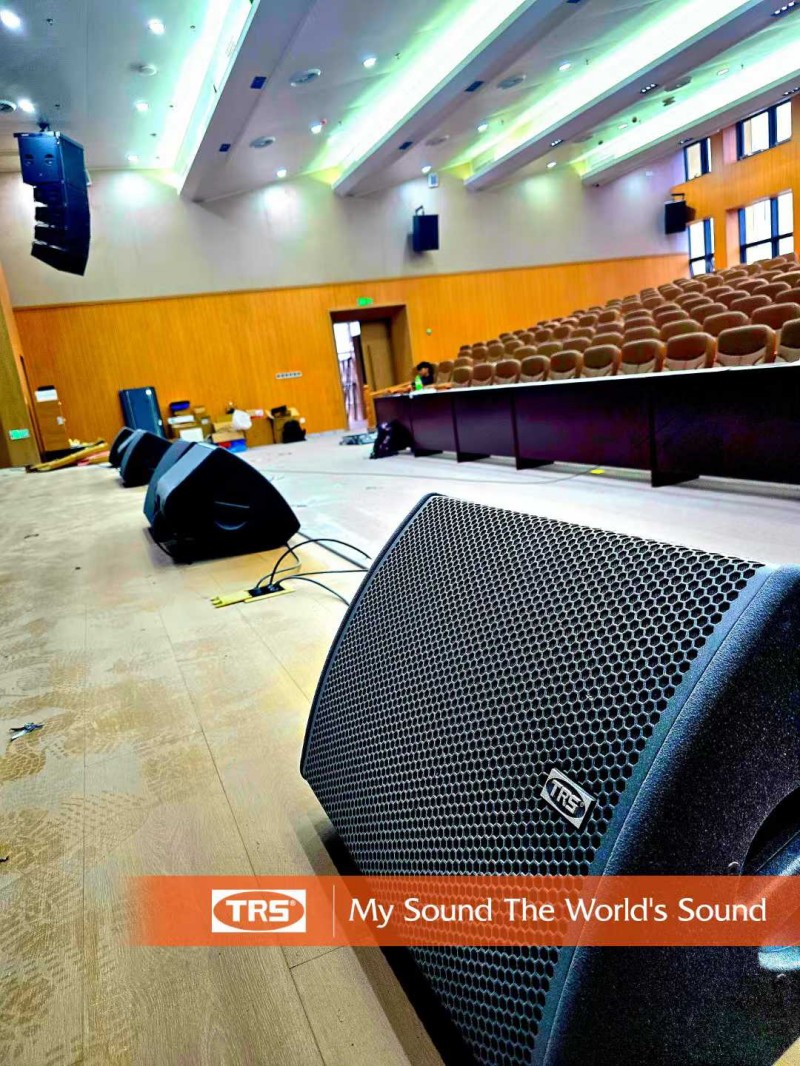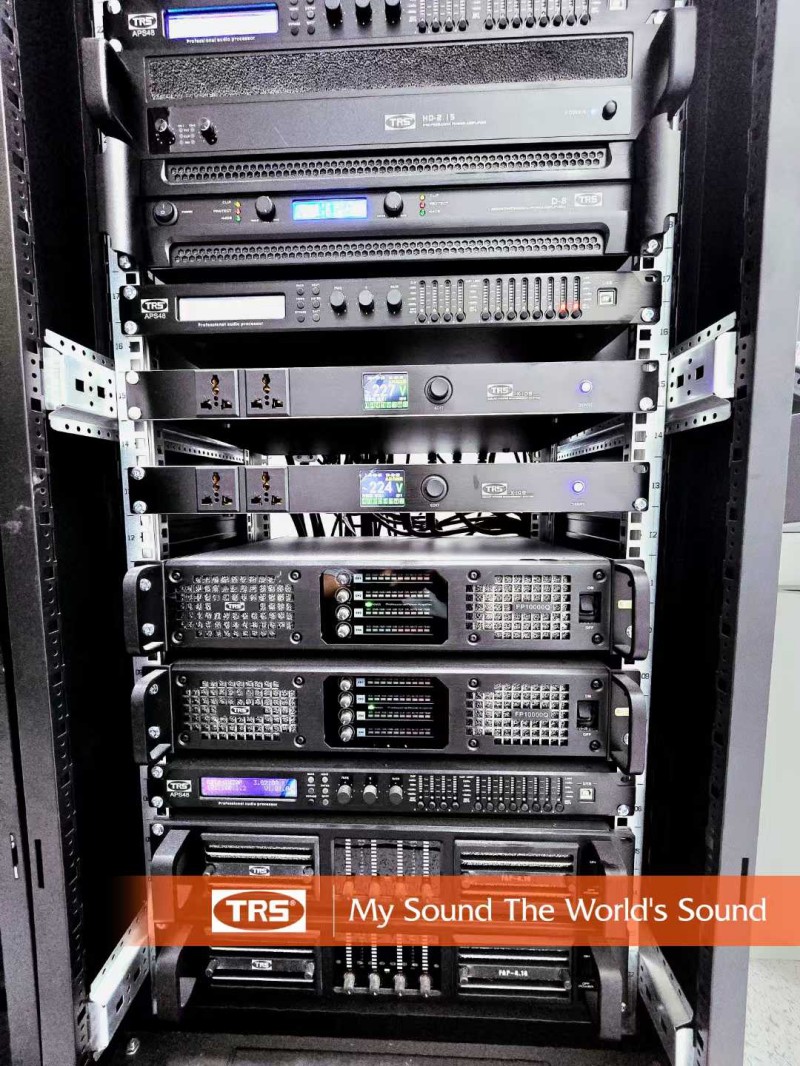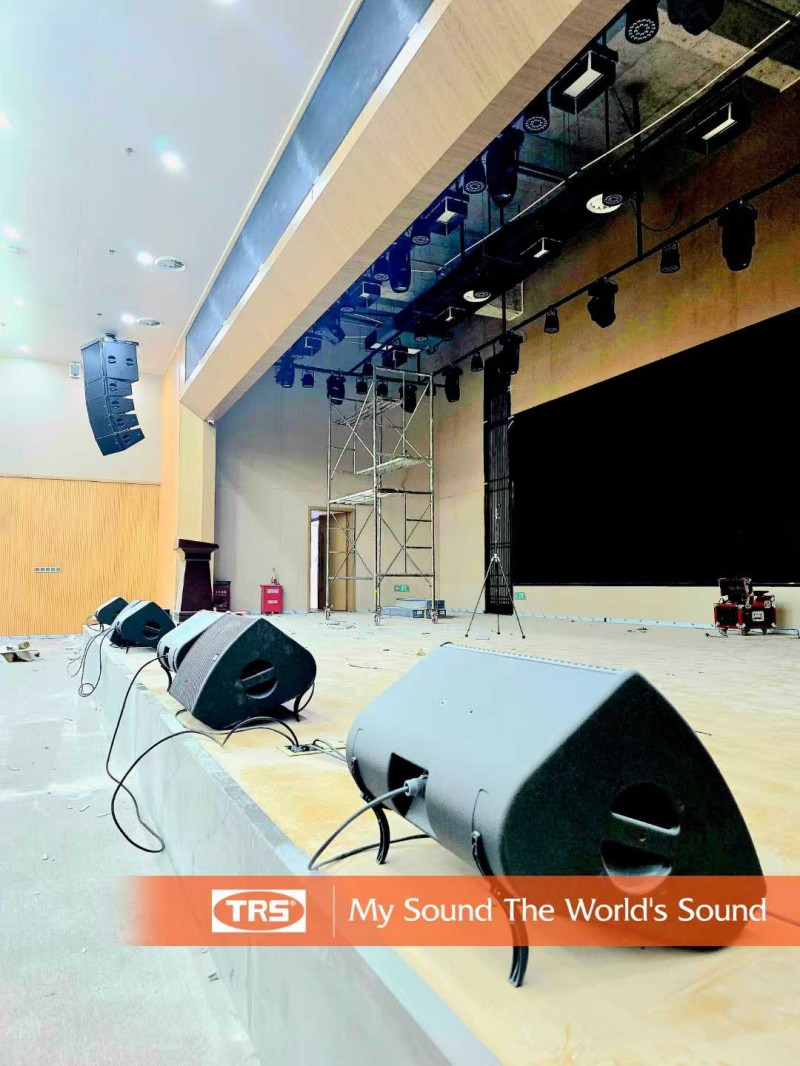The Lifeline of Stage Performance: How Professional Monitor Systems Enable Every Actor to Hear Their Own Voice
When the stage lights brighten and the music begins, actors rely most on their professional monitor system rather than the dazzling sound system facing the audience. This seemingly simple yet crucial system, through the precise coordination of digital amplifiers, processors, microphones, subwoofer, power sequencers, and column speakers, becomes the most reliable “ears” for every performer on stage.
The Core Value of the Monitor System
In the noisy stage environment, actors need to clearly hear their own voices, accompaniment, and the performances of other band members. A professional monitor system creates a dedicated listening environment for performers through the precise coordination of column speaker and subwoofer. Unlike the main loudspeaker system, the monitor system prioritizes sound accuracy and clarity, enabling actors to accurately grasp pitch and rhythm.
Audio Pickup and Signal Processing
The starting point of the entire system is the precise sound pickup by the microphone. The microphone used by the performer must have excellent direction to accurately capture vocals and instrumental sounds. These signals first enter the processor for initial processing, where the processor eliminates frequency points that may cause feedback and performs necessary equalization adjustments.
Precise Synchronization of the Power Sequencer
The power sequencer plays a crucial role in the system. It ensures all audio devices remain precisely synchronized, preventing auditory confusion caused by latency. When the lead singer’s voice is captured by a microphone, processed by a signal processor, amplified by a digital amplifier, and finally reproduced by column speaker, the power sequencer ensures this entire process is completed within milliseconds, allowing performers to experience real-time feedback.
The driving force of digital amplifiers
Modern digital amplifiers provide stable and efficient power support for feedback systems. Compared to traditional amplifiers, digital amplifiers offer higher efficiency and more precise control capabilities, delivering pure power output for sound column speaker and subwoofer. Even at the highest sound pressure levels, they maintain sound clarity and accuracy.
The perfect combination of column speaker and subwoofer
The column speaker in the feedback system are responsible for the accurate reproduction of mid and high frequencies, while the subwoofer provides essential low-frequency support. This division of labor allows performers to hear the details of their own singing clearly while also feeling the rhythmic pulse of the music. The processor ensures perfect integration between the column speaker and the subwoofer through precise crossover settings, enabling them to function optimally while working in harmony.
The Wisdom of System Integration
An excellent monitor system requires the perfect coordination of all its components. Starting from microphone pickup, through signal optimization by the processor, precise synchronization by the power sequencer, and finally driving the column speakers and subwoofer via digital amplifiers—each step must be executed flawlessly. This systematic integration ensures stable performance of the monitor system in complex stage environments.
Technical support ensures flawless performances
In critical performances, the monitor system often employs redundant design. Backup digital amplifiers, dual-path signal processing, and meticulously planned sound layouts ensure the system remains operational even in case of equipment failure. The precise control of the power sequencer further prevents potential performance accidents caused by audio accident.
Post time: Nov-04-2025



